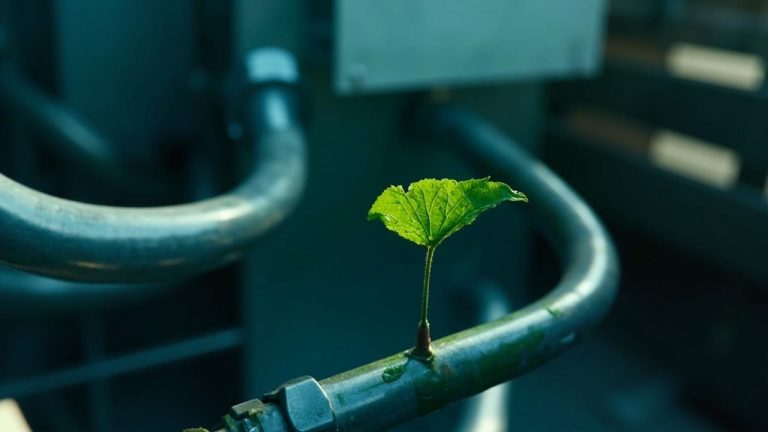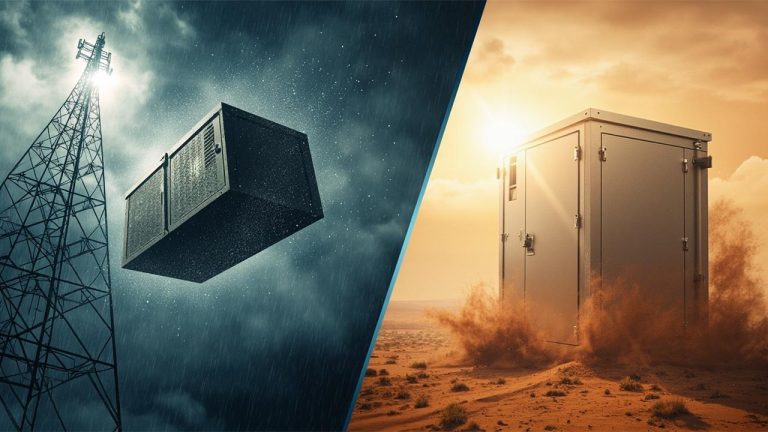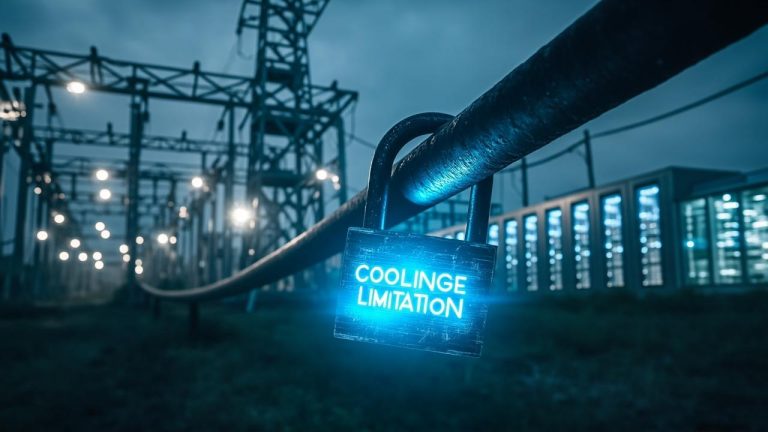Headline
Leak detection has evolved far beyond simply looking for drips. Traditional methods of identifying water leaks, such as visual inspections or noticing unusually high water bills, are often reactive and insufficient. They address the problem only after the damage has already begun, potentially leading to costly repairs and significant inconvenience. This highlights a critical need for a more proactive approach to safeguarding your property and finances.
The limitations of conventional leak detection lie in their inability to detect hidden leaks developing behind walls, under floors, or in other inaccessible areas. These silent threats can persist for extended periods, causing gradual yet devastating damage. Imagine water slowly seeping into your home’s foundation, fostering mold growth and weakening structural integrity, all while your water meter ticks away unnoticed.
This is where intelligent leak detection systems come into play, representing a paradigm shift in how we protect our homes from water damage. These advanced systems go beyond basic plumbing and offer a comprehensive and proactive approach to identifying and mitigating leaks before they escalate into major problems.
Investing in one of these smart solutions isn’t just about preventing damage; it’s about gaining peace of mind and ensuring the long-term health of your home and financial well-being.
Introduction
Traditional methods of identifying water leaks in your home often fall short, leaving homeowners vulnerable to significant damage. Relying solely on visual inspections, for instance, means leaks hidden behind walls, under floors, or in ceilings can go unnoticed for extended periods.
By the time you spot the telltale signs – water stains, mold growth, or a musty odor – the damage may already be extensive and costly to repair. Furthermore, simply waiting for a suspiciously high water bill to indicate a problem is a reactive approach that fails to prevent the initial waste of water and the subsequent property damage.
The Problem With Passive Methods
The limitations of these passive methods are clear. They depend on observable evidence of a leak that has already manifested, rather than actively seeking out potential problems. Moreover, traditional plumbing systems offer little in the way of real-time monitoring or alerts, leaving homeowners in the dark until a significant issue arises.
This reliance on delayed detection translates to higher repair costs, increased water bills, and potential health hazards associated with mold and mildew growth. Considering the potential consequences, it’s clear that a more proactive and intelligent approach to *leak detection* is needed.
The Dawn of Intelligent Systems
Enter the era of intelligent leak detection systems, a new breed of technology designed to overcome the shortcomings of traditional methods. These systems leverage advanced sensors, data analytics, and connectivity to provide real-time monitoring of your home’s plumbing. Unlike passive approaches, they actively seek out anomalies in water flow and pressure, alerting you to potential leaks before they escalate into major problems.
With the rise of smart home technology, these systems offer seamless integration and remote monitoring capabilities, empowering homeowners to take control of their plumbing health from anywhere in the world. This proactive approach represents a paradigm shift in leak detection, offering a more reliable and cost-effective way to protect your property and conserve water.
The Silent Threat
Undetected leaks are far more sinister than a simple drip. They represent a silent, insidious threat to the very structure of your home and the health of your wallet.
What begins as a small, almost imperceptible issue can quickly escalate into a major catastrophe, leaving you with costly repairs and a compromised living environment. The slow, consistent presence of water, even in small amounts, provides the perfect breeding ground for mold and mildew, which can not only damage building materials like drywall and wood but also pose serious health risks to you and your family, especially those with respiratory sensitivities.
Moreover, these hidden leaks contribute significantly to wasted water. A seemingly insignificant drip can translate into gallons lost over time, leading to shockingly high water bills that leave you scratching your head. Beyond the financial impact, this wasted water places unnecessary strain on our already limited resources, contributing to environmental concerns.
The longer a leak goes unnoticed, the more water is wasted, and the higher the cost becomes. Think of a slow, continuous drip from a pipe behind a wall – you might not even realize it’s happening until significant damage has already occurred.
The repercussions extend beyond just health and utility bills. Undetected leaks can severely impact your property value. The presence of mold, rot, and structural damage are all major red flags for potential buyers, and addressing these issues before putting your home on the market can be incredibly expensive.
By investing in proactive leak detection, you’re not only protecting your home and health but also safeguarding the long-term value of your investment. Preventing water damage from the beginning is key to preserving your property’s integrity and avoiding potentially devastating financial losses.
| Consequence | Impact |
|---|---|
| Mold and Mildew Growth | Structural damage, health problems (respiratory issues, allergies) |
| Wasted Water | Increased water bills, environmental impact |
| Structural Damage (Rot, Decay) | Compromised safety, expensive repairs |
| Property Value Depreciation | Lower resale value, difficulty selling |
Delving Deep
Intelligent leak detection systems represent a significant leap forward from traditional methods, offering a proactive and data-driven approach to safeguarding properties from water damage. Unlike relying on visual inspections or belatedly noticing a spike in water bills, these systems employ sophisticated technology to identify and address leaks in real-time. The core of their superiority lies in their ability to detect anomalies that would otherwise go unnoticed until significant damage has occurred.
Understanding the Technology Behind Intelligent Leak Detection
These advanced systems utilize a combination of sensors and sophisticated algorithms. Flow sensors continuously monitor water usage patterns, detecting even minor deviations from the norm. Pressure sensors identify subtle changes in water pressure that may indicate a leak somewhere in the system.
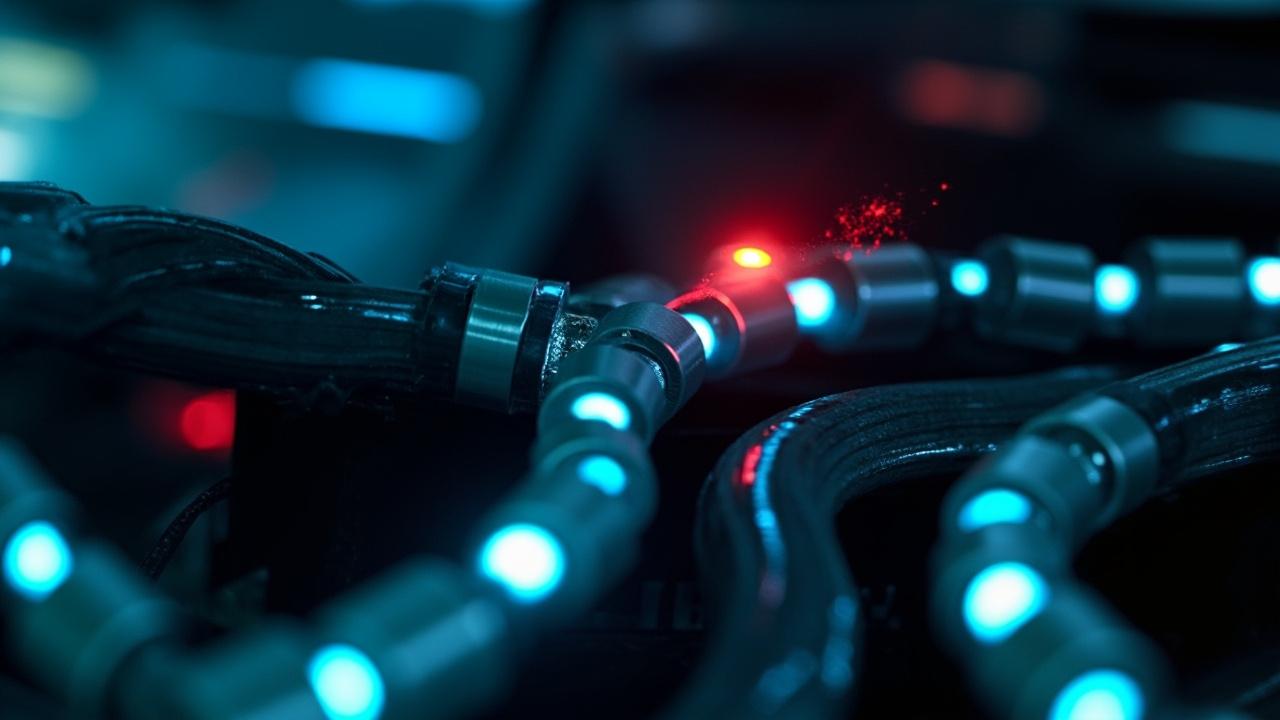
Some systems even incorporate acoustic monitoring, listening for the telltale sounds of escaping water within the pipes. The data gathered from these sensors is then fed into an AI-powered analysis engine, which learns the property’s typical water usage patterns and can identify anomalies that signal a potential leak. This analysis can differentiate between normal water usage, such as filling a bathtub or running the washing machine, and unusual patterns that indicate a problem.
Remote Monitoring and Automatic Shut-Off Valves
One of the most compelling features of intelligent leak detection systems is their ability to provide remote monitoring. Through a dedicated mobile app, homeowners can access real-time data on their water usage, receive alerts when unusual activity is detected, and even remotely shut off the water supply to prevent further damage. This is particularly valuable for those who travel frequently or own vacation homes.
Furthermore, many systems include automatic shut-off valves that can automatically close the water supply in the event of a significant leak, minimizing the potential for catastrophic damage. This combination of real-time monitoring and automated response makes intelligent leak detection systems far more effective than traditional, passive methods that rely on human observation or delayed billing cycles.
Key Features to Look for in Your Leak Detection System
When choosing an intelligent leak detection system, several factors should guide your decision-making process. The sensitivity of the sensors is paramount; a system that can detect even minor changes in water flow or pressure is crucial for early detection of pinhole leaks or slow drips. Look for systems with adjustable sensitivity settings to avoid false alarms caused by normal water usage patterns.
Additionally, the system’s ability to differentiate between normal water usage and potential leaks is key to ensuring accurate and reliable alerts. This often involves advanced algorithms and machine learning capabilities.
Ease of installation is another significant consideration. Some systems are designed for DIY installation, while others require professional plumbing expertise. If you’re comfortable with basic plumbing tasks, a DIY system can save on installation costs.
However, for more complex plumbing systems or if you’re not confident in your abilities, professional installation is recommended to ensure proper placement and functionality of the sensors. Check whether the system seamlessly integrates with your existing plumbing configuration and smart home setup. Compatibility is key to ensure that the leak detection system can communicate with other smart home devices and alert you via your preferred channels.
Finally, consider the cost-effectiveness of the system. While the initial investment may seem significant, factor in the potential savings from reduced water bills and avoided water damage repairs. A system with a comprehensive app offering real-time data, remote monitoring, and customizable alerts can provide invaluable peace of mind and enable proactive management of your water usage.
Look for systems that offer detailed reports on water consumption patterns, enabling you to identify potential inefficiencies and conserve water. The availability of automatic shut-off valves is a major plus, and can save you a lot of damage and stress. A reliable system for leak detection is invaluable.
| Feature | Considerations |
|---|---|
| Sensor Sensitivity | Adjustable sensitivity, ability to detect minor leaks |
| Ease of Installation | DIY vs. Professional, compatibility with existing plumbing |
| Cost-Effectiveness | Potential savings on water bills and repairs, app functionality |
Proactive Protection, Peace of Mind
Imagine waking up to the sound of rushing water, only to find your basement flooded and your belongings ruined. This is a nightmare scenario for any homeowner, but it’s a reality that many face due to undetected leaks.
Intelligent leak detection systems offer a way to avoid this disaster, providing proactive protection and invaluable peace of mind. These systems don’t just react to a problem; they actively monitor your plumbing for anomalies, giving you a significant advantage in preventing costly damage.
Consider a scenario where a pinhole leak develops in a pipe behind your washing machine. Without intelligent monitoring, you might not notice the subtle increase in your water bill or the faint musty odor developing in the laundry room until significant mold growth has occurred and structural damage is underway.
An intelligent system, however, can detect the minute pressure drop or unusual water flow associated with even a small leak, alerting you to the problem before it escalates into a major issue. This early warning allows you to address the problem promptly, saving you thousands of dollars in repairs and preventing health hazards.
Moreover, these systems can be especially beneficial in areas prone to freezing temperatures. A sudden cold snap can cause pipes to burst, leading to extensive water damage. Intelligent systems can monitor pipe temperatures and alert you to potential freezing conditions, allowing you to take preventative measures like insulating exposed pipes or dripping faucets.
Some systems even offer automatic shut-off valves that can stop the water supply entirely if a burst is detected, minimizing the damage caused by a burst pipe. The ability of a good system for effective leak detection to mitigate these kinds of scenarios makes it an invaluable tool for protecting your home and your wallet.
Beyond the Home
The advantages of deploying smart leak detection systems extend far beyond residential properties. Commercial buildings, from sprawling apartment complexes to bustling hotels and expansive industrial facilities, stand to gain significantly from the implementation of such technology.
The scale of potential damage in these larger structures is exponentially greater, making proactive leak management not just a convenience but a critical operational necessity. Consider the sheer volume of plumbing in a multi-story apartment building: a single undetected leak can rapidly escalate, impacting multiple units and resulting in costly repairs, legal liabilities, and significant disruption to tenants.
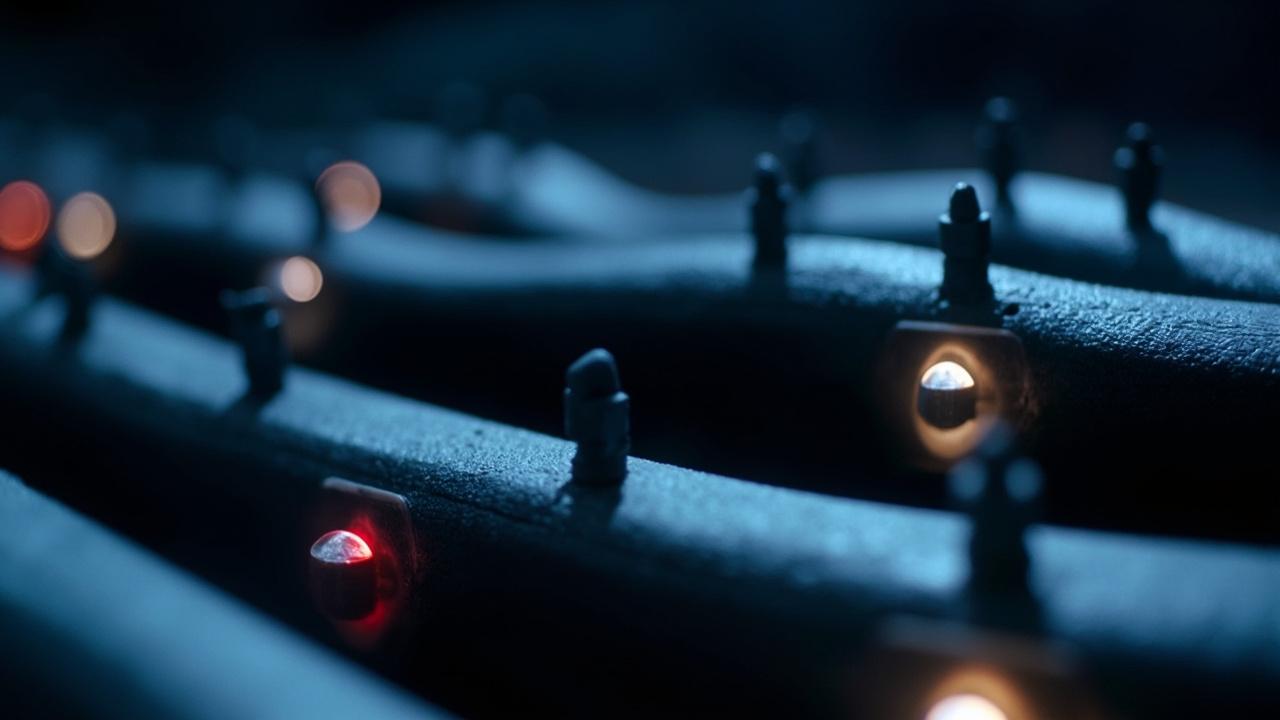
Businesses also face unique challenges that home owners don’t such as:
The consequences of ignoring water leaks in commercial properties can be severe and include:
Moreover, certain industries, such as food processing plants or data centers, have stringent requirements for water management and environmental control. A water leak in these settings can not only cause property damage but also compromise product quality, trigger regulatory violations, and lead to substantial financial losses. Intelligent leak detection systems, equipped with features like remote monitoring and automated shut-off valves, offer businesses a powerful tool to mitigate these risks and ensure operational resilience.
Installation and Maintenance
Ensuring your intelligent leak detection system operates at peak performance requires careful attention to both the initial setup and ongoing upkeep. While some systems are designed for relatively simple DIY installation, others, particularly those with automatic shut-off valves or complex sensor networks, often benefit from professional installation.
A qualified plumber can ensure that sensors are correctly positioned, valves are properly integrated into your plumbing system, and the entire system is functioning as intended. This initial investment in professional installation can save you headaches and costly repairs down the line.
Once your system is installed, regular testing is crucial. Many systems include a self-testing feature that allows you to verify the functionality of the sensors and shut-off valves. It’s also wise to manually trigger a simulated leak to ensure the system responds appropriately.
For example, you can briefly turn on a seldom-used faucet and monitor the system’s response. This practice helps identify potential issues early on, preventing a small problem from escalating into a major crisis. If you notice any irregularities, consult the manufacturer’s troubleshooting guide or contact a qualified technician.
Furthermore, periodically inspect the sensors and related components for any signs of wear and tear or physical damage. Check for corrosion, loose connections, or other issues that might compromise their performance. Battery-powered sensors should have their batteries replaced according to the manufacturer’s recommendations to guarantee continuous operation.
For systems that rely on internet connectivity, ensure that your Wi-Fi network is stable and that the system remains properly connected to the cloud platform. Regular maintenance and proactive troubleshooting are essential for maximizing the lifespan and effectiveness of your intelligent *leak detection* system, safeguarding your property, and minimizing potential water damage.
Leak Detection
In conclusion, embracing intelligent water leak detection isn’t merely about installing a gadget; it’s about proactively safeguarding your property and financial well-being. By understanding the devastating potential of undetected leaks and recognizing the limitations of traditional methods, you can appreciate the value of a system that offers constant vigilance and immediate response.
Integrating such a system into your home or business provides a level of security that far surpasses the reactive approach of dealing with water damage after it’s already occurred.
The features and benefits of intelligent systems, from their sophisticated sensors to their AI-powered analysis and automatic shut-off capabilities, speak volumes about their effectiveness. They provide real-time data and alerts, allowing for swift intervention and preventing minor issues from escalating into major disasters.
Whether you’re a homeowner concerned about burst pipes or a business owner seeking to minimize operational disruptions and water waste, the investment in smart leak detection technology translates into long-term peace of mind and significant cost savings.
Ultimately, the decision to adopt intelligent water leak detection is an investment in prevention. It’s about taking control and mitigating risks before they materialize, transforming potential liabilities into manageable situations. Consider it your best insurance policy, safeguarding your property, conserving precious resources, and ensuring a future free from the anxieties and expenses associated with undetected water leaks. With advancements in technology continually making these systems more affordable and accessible, the time to embrace proactive protection is now.
Frequently Asked Questions
What are the common signs of a water leak inside a home?
Common signs of a water leak inside a home can manifest in various ways. You might notice unexplained increases in your water bill, damp spots on walls, ceilings, or floors, or the sound of running water when all taps are turned off.
The presence of mold or mildew in unusual places, peeling paint or wallpaper, and a musty odor can also indicate a hidden water leak.
How does leak detection equipment work, and what types are available?
Leak detection equipment employs various technologies to pinpoint the source of a hidden leak. Acoustic sensors listen for the sound of water escaping under pressure, while thermal imaging cameras detect temperature differences caused by moisture.
Electronic leak detectors use electrical conductivity to trace the path of water, and tracer gas injection introduces a harmless gas that escapes through leaks, detectable by a gas sensor.
What are the potential consequences of ignoring a water leak?
Ignoring a water leak can lead to significant and costly damage to your property. Unaddressed leaks can cause structural damage, leading to weakened walls and ceilings, warped floors, and compromised foundations. Prolonged exposure to moisture encourages mold and mildew growth, which can pose serious health risks. Furthermore, wasted water inflates utility bills and contributes to environmental concerns.
Can I detect a water leak myself, and what tools can I use?
Detecting a water leak yourself is possible, particularly for visible leaks. Start by checking under sinks and around toilets for obvious signs of water. Monitor your water meter for changes when all water appliances are off.
You can use food coloring in toilet tanks to see if the color seeps into the bowl, indicating a leak. A moisture meter can help identify dampness in walls and floors.
What are some common causes of water leaks in plumbing systems?
Several factors can cause water leaks in plumbing systems. Corrosion of pipes, especially in older homes, is a common culprit. High water pressure can weaken pipe joints and lead to leaks. Freezing temperatures can cause pipes to burst. Improper installation of plumbing fixtures, as well as tree root intrusion into underground pipes, can also result in water leaks.


